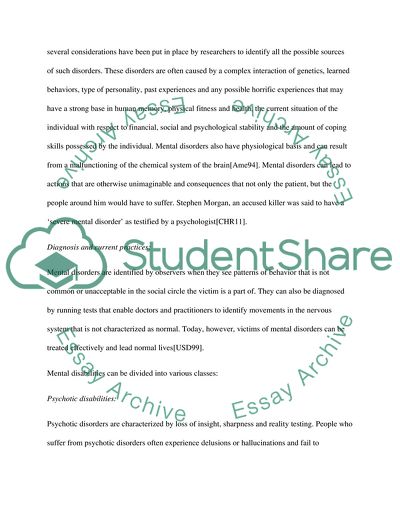Cite this document
(Consideration of Mental Disabilities Including Eating, Mood, Anxiety Research Paper, n.d.)
Consideration of Mental Disabilities Including Eating, Mood, Anxiety Research Paper. Retrieved from https://studentshare.org/psychology/1763255-mental-disability
Consideration of Mental Disabilities Including Eating, Mood, Anxiety Research Paper. Retrieved from https://studentshare.org/psychology/1763255-mental-disability
(Consideration of Mental Disabilities Including Eating, Mood, Anxiety Research Paper)
Consideration of Mental Disabilities Including Eating, Mood, Anxiety Research Paper. https://studentshare.org/psychology/1763255-mental-disability.
Consideration of Mental Disabilities Including Eating, Mood, Anxiety Research Paper. https://studentshare.org/psychology/1763255-mental-disability.
“Consideration of Mental Disabilities Including Eating, Mood, Anxiety Research Paper”, n.d. https://studentshare.org/psychology/1763255-mental-disability.


